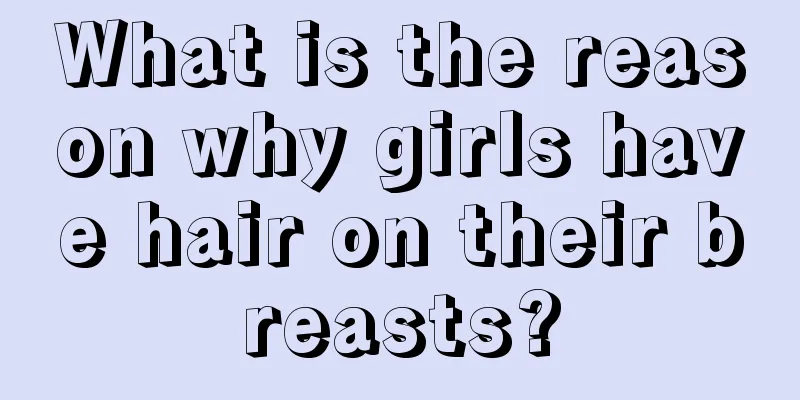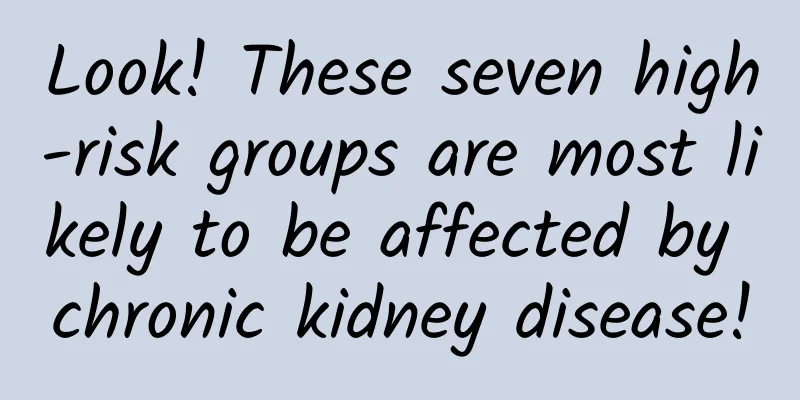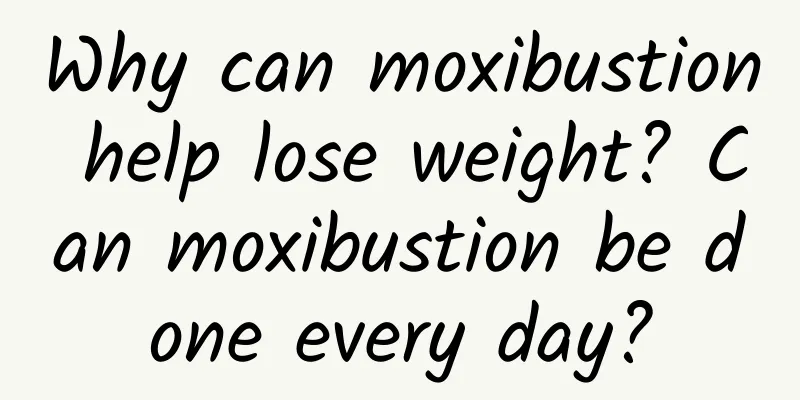More than 10 follicles in both ovaries

|
A woman's ovaries release follicles every month. The number of follicles varies from person to person, but only one mature follicle can be successfully released. Of course, some women are found to have more than ten follicles in their upper bilateral ovaries during examination. The reasons for such situations are more complicated to consider, and it cannot be ruled out that some pathological factors may have an impact on them. So what's the matter with more than 10 follicles in both ovaries? 1. It is abnormal to have more than ten follicles in both ovaries without taking ovulation-inducing drugs. If combined with clinical high levels of male hormones or ovulation dysfunction, polycystic ovary syndrome can be diagnosed. Patients with polycystic ovary syndrome often present clinically with hirsutism, weight gain, infertility, and infrequent menstruation. Patients with polycystic ovary syndrome require lifelong supervision, and the purpose of treatment is nothing more than ovulation induction treatment to meet fertility requirements. No fertility requirements, artificial cycle treatment, control of endometrial hyperplasia. 2. The presence of more than 10 follicles in both ovaries means that both ovaries have polycystic changes, but it does not mean polycystic ovary syndrome. For polycystic ovary syndrome, its diagnosis requires two of the following three items. The first is that color ultrasound shows polycystic changes in both ovaries. The second is irregular menstruation and infrequent menstruation. The third is hyperandrogenism or hyperandrogenism symptoms. If the patient's color ultrasound shows polycystic changes and is combined with menstrual changes or hyperandrogenic symptoms, polycystic ovary syndrome can be diagnosed. Polycystic ovary syndrome requires long-term management and cannot be completely cured with just one treatment. Its cause is unknown, so long-term and ongoing management is required. 3. Normally, only one side of the ovaries will have dominant follicles in a month. It has nothing to do with whether there are 8 or 10 dominant follicles in both ovaries. It depends on whether there are dominant follicles. If the color Doppler ultrasound examination shows that there are 8-10 follicles in both ovaries, there may be a possibility of polycystic ovary. Because normally there won't be so many, there will be less than 8 or even 5-6 small follicles, and only one will develop into the dominant follicle. It is recommended to conduct endocrine hormone testing to rule out whether testosterone has increased, and whether the ratio between ovulation-stimulating hormone and luteinizing hormone exceeds 2.5. If it exceeds this ratio, it indicates polycystic ovary syndrome. Monitoring the presence of dominant follicles and thickening of the ovarian cortex can determine whether polycystic disease has occurred. |
<<: Inducing menstruation takes effect in five minutes
>>: How much sex hormone can determine menopause
Recommend
What are the disadvantages of women eating cock?
Usually when people make chicken soup, they alway...
I have breast swelling half a month before my period.
If a female friend experiences breast swelling be...
Is it the season for rashes again? Don’t worry, take a look at Feng Shui first
My child has a high fever and a rash? Rubella, me...
Picture of vaginal discharge caused by fungal vaginitis
Candidal vaginitis belongs to Trichomonas vaginit...
What happens if the bacterial vaginosis test result is positive for sialic acid?
Bacterial vaginosis sialic acid positive is actua...
Can adnexitis heal on its own?
Women may suffer from many kinds of gynecological...
Beware of conjunctivitis during the peak flu season
Recently, many people have developed symptoms suc...
Can you chew betel nut every day? What will happen if you smoke betel nut?
Betel nut is a common food in life, especially in...
The vaginal discharge is very yellow, thick and bloody
Discharge is an important physiological character...
What fruits can you eat during early pregnancy?
During pregnancy, you can eat any fruit except re...
Drink less colored drinks, studies have found that two common food dyes may induce or aggravate colitis!
Intestinal damage, such as physical stimulation, ...
What are the dietary treatments for kidney yang deficiency in women?
During seasonally sensitive periods, women's ...









